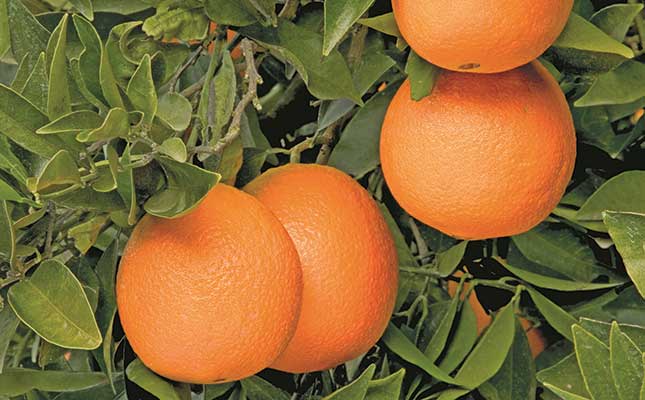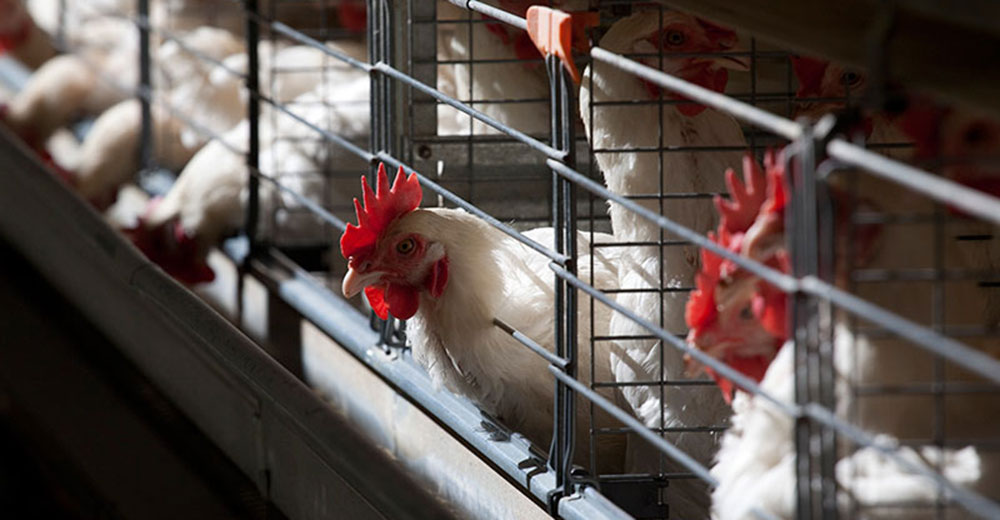
Photo: FW Archive
This was “because most containers have been standing for a few weeks and have therefore missed their [distribution schedules] due to late arrival. This, while input costs have skyrocketed since the start of the year,” said Hannes de Waal, chairperson of the Citrus Growers’ Association (CGA).
While the concession would allow South Africa to sell these oranges, he said fruit that did not meet the phytosanitary requirements would still have to undergo treatment in the EU before they could be released, which would affect market prices.
The new measures, reportedly aimed at regulating the risk of false codling moth infestations, were published in the EU on 21 June and came into force by 24 June, which was in the middle of the South African production season.
It resulted in large numbers of containers being stranded at harbours because they were shipped before the new protocols came into force.
The departments of Agriculture, Rural Development and Land Reform and Trade, Industry and Competition, however, had since managed to reach an agreement with the European Commission.
This was based on the fact that changing the inspection and certification system within three days was deemed unreasonable, considering the required adjustment of systems and communication to different regulatory sites, which required at least three weeks from publication, the agriculture department said in a statement.
The EU was therefore allowing South African exporters to process these containers.
Deon Joubert, the CGA’s special envoy for market access and EU matters, said that approximately 820 of the containers required new phytosanitary certificates, of which the department had issued 300 by the time of publishing.
Joubert stressed, however, that the concession did not resolve the looming threat to the citrus industry, which was the long-term implementation of “the unjustified, impractical and discriminatory EU false codling moth regulation applicable to South African oranges”.
The new regulations required citrus from South Africa to be cooled to between -1˚C and 2 ˚C for at least 25 days before being allowed to enter the EU.
“The new regulation will be impossible for the industry to implement, with the current impasse costing growers more than R200 million [to date],” he said.
For now, the Department of Trade, Industry and Competition (IDC) had requested the World Trade Organisation (WTO) to intervene in the matter, which would give the EU and South Africa 30 to 45 days to reach a settlement.
“We feel we have a good case because the new regulations are not science-based, and we hope that the EU will at least [reduce] the new requirements,” a statement by the IDC said.
Joubert added that there was a feeling among industry stakeholders that the new regulations were politically motivated to pacify Spanish farmers before the upcoming election in that country.
“Citrus production has become marginal over the years, with declining government subsidies adding pressure on margins.
“The truth is that exports from South Africa won’t make much difference to the financial viability of Spanish producers, whereas these new regulations can destroy the South African industry.”
If South Africa and the EU do not reach a settlement, the case would be heard by a settlement panel appointed by the WTO, a process that could take up to two years to complete, according to Joubert.












